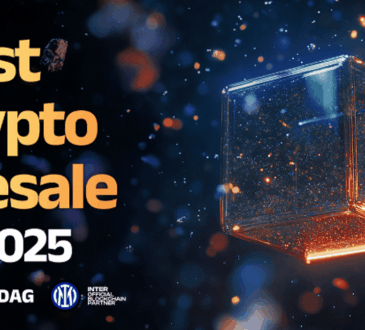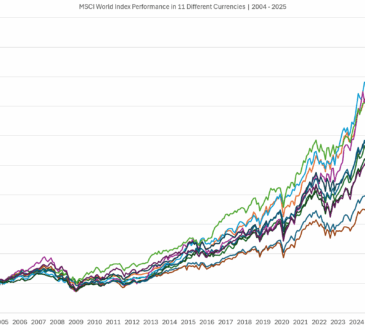
What is a Digital Gold Currency (DGC)?
A digital gold currency (DGC) is an electronic form of money which is backed by gold reserves held in vaults by private agencies. The holders of any particular DGC can pay one another in gold, or currency units representative of gold held in physical form by the issuing company. Each of these companies, or exchanges, maintain a physical reserve reflecting 100 percent of client accounts. The first DGCs appeared in the mid-1990s, led by E-Gold. A series of other currencies have emerged in the years since, with most failing for a variety of reasons.
Key Takeaways
- A digital gold currency (DGC) is an electronic form of money which is backed by gold reserves held in vaults by private agencies.
- It is hard to use digital currencies because its acceptance is not universal.
- Critics contend that any gold-backed currency is too independent of a national financial system, and thus cannot be managed by governments in response to financial crisis.
How a Digital Gold Currency (DGC) Works
Because a digital gold currency (DGC) is electronic money, offered and maintained by private entities, there is risk involved. The entity backs the funds by holding a physical reserve of bullion. As a loose network of electronic currencies operated by independent private entities, DGCs present an additional layer of risk to the buyer. Management risk, especially in an unregulated developing market, has posed a particular threat to individuals holding DGCs. Management risk is from an ineffective, destructive or underperforming administration. Lack of transparency, poor oversight, slack security practices, or outright theft all threaten the digital holdings.
It is hard to use digital currencies because its acceptance is not universal. Exchange rate risk also threatened the holders of DGCs. The value of gold fluctuates in its relationship to global, national currencies. Not all countries will allow the transfer of a digital holding into cold, hard cash. If a DGC user redeems their holdings, the currency they convert into may not have the buying power of other currencies.
Supporters of the investment in gold and gold currencies have long touted gold’s universality and invulnerability to the risks of a single national economy. By its direct link to a physical asset, they argue, DGC is best suited to survive economic turmoil. Also, since the currency does not tie itself to the monetary policy or economic system of any one country, it avoids the risk of political upheaval.
Critics contend that any gold-backed currency is too independent of a national financial system, and thus cannot be managed by governments in response to financial crisis.
Digital Gold Currencies and Bitcoin
E-Gold, the first DGC, eventually fell victim to its founders’ unfamiliarity with the risks of online fraud and the response it would provoke from the U.S. regulatory system. Ultimately, the U.S. Department of Justice classified e-Gold as a money transmitter rather than a platform for payments. The business was unable to obtain a license to operate under this classification. Other firms have failed due to embezzlement or money laundering by executives, or their attractiveness of online identity thieves and other digital criminals.
In the wake of many failed DGC exchanges, Bitcoin has risen in prominence, and its users have learned from the mistakes and shortcomings of its predecessors. Instead of seeking to avoid regulation, Bitcoin users are forced to comply with a regulatory framework.
Businesses operating in the Bitcoin marketplace have learned that it is in their interest to track transactions carefully. Bitcoin regulators will not look kindly upon operators unable to identify where their currency has come from and is going. Bitcoin has not been able to snuff out its darker side completely, but the closure of the Silk Road marketplace in 2013 represents a significant step in Bitcoin’s path to legitimacy.



